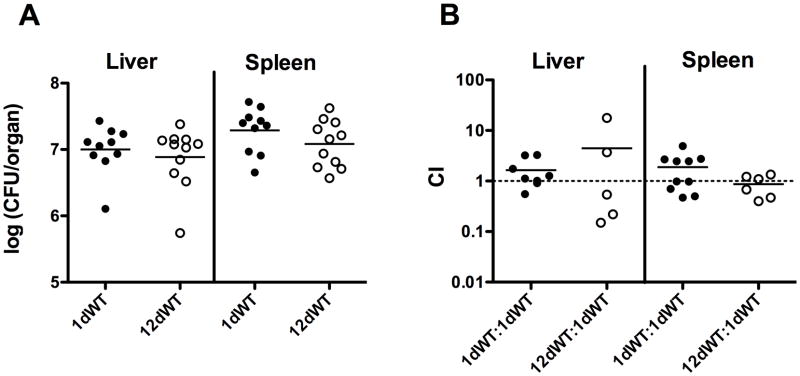Figure 5. The expression of GASP does not significantly impact L. monocytogenes virulence.
(A) Growth of bacteria from 12-day old L. monocytogenes cultures in the livers and spleens of intravenously infected mice. 7–8 week old ND4 Swiss Webster mice were infected with 2×104 CFU of bacteria from either 1-day old or 12-day old L. monocytogenes cultures via tail vein injections. 48 hours post infection, the bacterial loads of the livers and spleens were determined. A Student’s T-test was performed to compare the bacterial loads of mice infected with 12-day old bacteria to those of mice infected with 1-day old bacteria. Two-tailed p-values were greater than 0.05 for both the liver and spleen, indicating an absence of statistically significant difference. (B) 12-day old L. monocytogenes GASP cultures exhibit no significant competitive defect in comparison to bacteria derived from 1-day old cultures. Erythromycin-sensitive bacteria from either 1-day old or 12-day old L. monocytogenes cultures and erythromycin-resistant bacteria from 1-day old L. monocytogenes cultures were mixed 1:1 for a total bacterial suspension of 2×104 CFU and then intravenously injected into mice. 48 hours post infection, the mice were sacrificed and the competitive index (CI) values of the livers and spleens were determined as described in Materials and Methods. Horizontal lines represent the mean CI values. A one-sided Student’s T-test was performed to determine if any statistically significant difference was present between a mean CI value and 1. All two-tailed p-values were greater than 0.05, indicating an absence of statistically significant differences.

